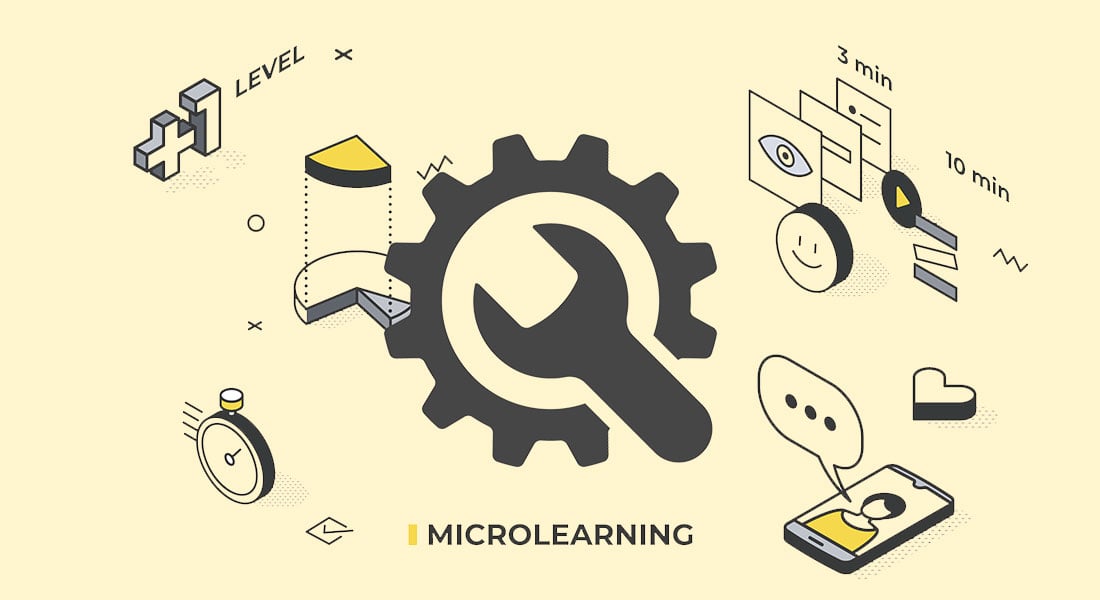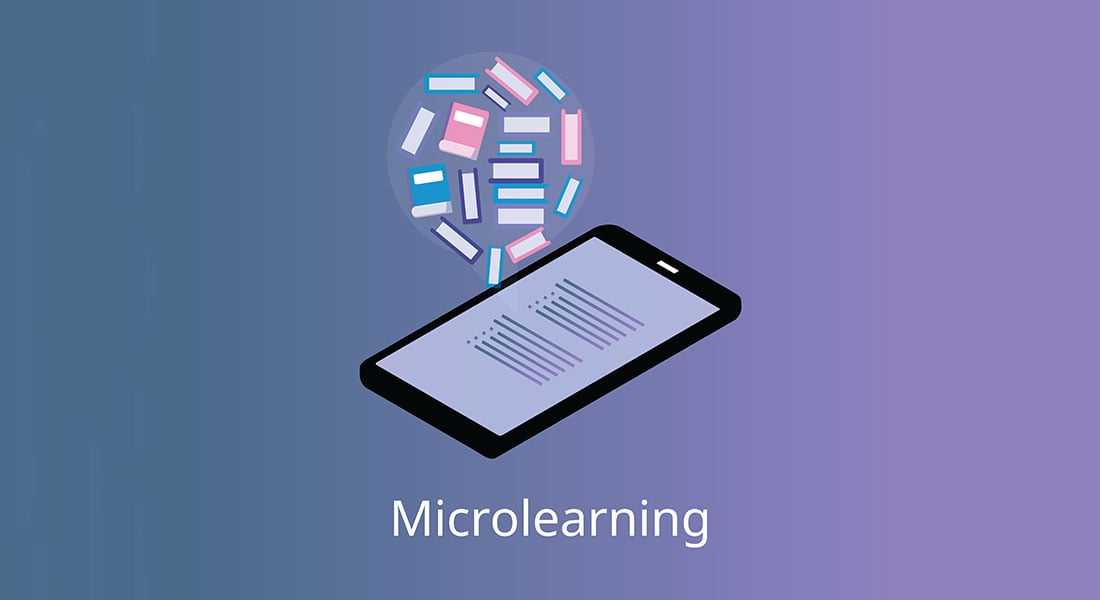What are the Best Authoring Tools to Develop Microlearning Assets [Infographic]
![What are the Best Authoring Tools to Develop Microlearning Assets [Infographic] What are the Best Authoring Tools to Develop Microlearning Assets [Infographic]](https://blog.commlabindia.com/hubfs/blogs/best-authoring-tools-develop-microlearning-assets-info.jpg)
Traditional training programs often struggle to capture and retain employee attention in our fast-paced world. It’s like sitting through a training session that felt like an eternity, only to walk away with a fuzzy memory of what you learned. The dreaded "Oh, I've read this but I can't remember" feeling is all too common. But what if there was a way to deliver impactful training where employees enjoy the learning process and retain information better? Well, there is and it’s called microlearning. This training method has transformed the way employees acquire knowledge and skills.
In this blog, we’ll take a deeper dive into why is microlearning effective for corporate training, the best authoring tools to develop microlearning assets, and lastly, the best practices to keep in mind for high-quality, impactful microlearning courses.
Are you ready? So let’s begin!
Why is Microlearning Perfect for Modern-Day Corporate Training
To keep the answer short and simple, microlearning breaks down complex topics into easily digestible pieces that are perfect for busy professionals. That’s right! Learners can ditch the lengthy eLearning courses and bulky manuals and learn through interactive modules that take just minutes to complete. These bite-sized chunks of knowledge promote learner engagement and better retention. This enables employees to apply the acquired knowledge on the job.
→ Download Now: Where Does Microlearning Fit in Your Learning Strategy?
Here’s a detailed look at the multitude of benefits that microlearning offers for both learners and organizations:
- Increases knowledge retention: Microlearning modules focus on delivering need-to-know information that prevents information overload and promotes better understanding and retention. In fact, if employees forget some concept, they can easily revisit the specific microlearning lesson and refresh their knowledge.
- Improves learner engagement: Different microlearning formats like microlearning videos, infographics, digital flashcards, interactive eBooks, etc., cater to different styles of learning. This keeps learners attentive and engaged through the training process. Moreover, the shorter duration of training courses seals the deal for the modern-day, multitasking workforce.
- Enhances accessibility: Microlearning content can be delivered on-demand, anytime, anywhere, on any device, thereby facilitating continuous learning.
Best Authoring Tools to Develop Microlearning Assets
Crafting Effective Microlearning: Best Practices
Now that you're convinced of microlearning's power, let's explore some best practices to ensure your microlearning assets are impactful:
- Clearly define learning objectives
- Keep it short and sweet
- Incorporate different learning formats
- Align with learner needs and business goals
- Make it mobile-friendly
- Measure and analyze
Parting Thoughts!
Microlearning holds immense potential to take corporate training to the next level. By leveraging the power of microlearning authoring tools and following best practices, you can create engaging, effective training experiences that empower your employees and fuel your organization's success. Remember, knowledge is power, but only if it's retained. So, ditch the information overload of lengthy eLearning courses and embrace the microlearning approach. Are you ready to see your employees' engagement soar and your training ROI skyrocket? To achieve the best results, it’s important to know where does microlearning fit in your learning strategy. Read the eBook below to find out!






![What Microlearning Is and What It Isn’t! [Infographic]](https://blog.commlabindia.com/hubfs/Imported_Blog_Media/microlearning-quick-reference.png)
